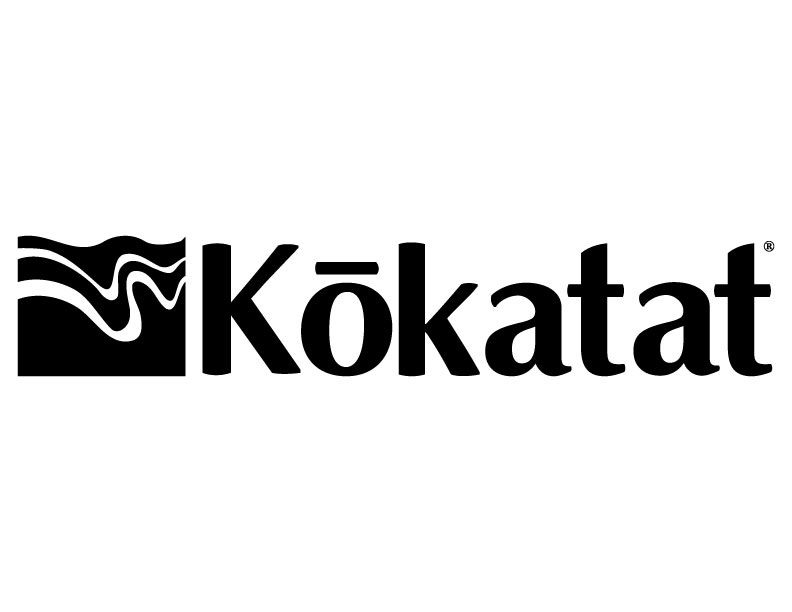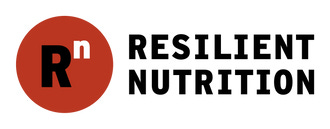There are no tides in Geneva. No heads to round or surf zones to cross.
But training continues while I’m here for a week, visiting Dominique’s family. We’ll be going sailing and swimming in the lake, but the real work is happening on the road.
First thing in the morning, before it’s too hot to train, I’m going on long, slow, zone 2 runs to build my endurance.
My new best friend
I discovered zone 2 training in Rich Roll’s Finding Ultra. Roll writes about training for his first Ironman when he was told to buy a heart rate monitor and make it his “new best friend.” With this gadget strapped to his chest, his challenge was to slow everything down and keep the bulk of his training in heart rate zone 2 or 60-70% of max effort.
zone 2 is the “easy” pace at which you could still carry on a conversation with a training partner and get all the air you need through your nose.
I won’t get into all the science (because I don’t fully understand it myself) but Z2 is an effort you could sustain all day. You don’t “feel the burn” in zone 2, and you don’t get winded.
When people say “it’s a marathon, not a sprint,” Z2 is the physiological state they’re referring to.
When I started training in zone 2, it became clear how much I had been relying on hard-headedness to just switch on and push through middle-distance events like 5Ks and the CrossFit Murph. That strategy would not sustain me for long days on the water.
Building an aerobic base for long-range endurance meant starting over with my “new best friend” strapped to my chest.
Slowing down to go fast
The purpose of slowing down and training in zone 2 is to make your “easy” speed faster. After months of incorporating Z2 sessions into your training, you develop the aerobic capacity to maintain a higher pace at the same heart rate.
In kayaking, this means maxing-out your boat speed with less effort. The Sea Kayaking Podcast features an interview with round Britain record holder, Joe Leach, describing how he trained this way.
It’s not easy to force yourself to slow down. I’ve found that I have to listen to audiobooks or podcasts during Z2 sessions because music encourages me to pick up the pace. When I started Z2 training, I had to paddle in slow motion and walk on the uphill stretches of my runs.
Building my tractor
The best analogy I’ve found for zone 2 training comes from David Horkin, in a blog post about his training for a 2016 record attempt circumnavigating Vancouver with Joe Leach.
David writes:
”you have to build an engine inside you that can keep you going for up to 15 hours a day. Fondly referred to as the "diesel engine" you are not looking for speed but, the ability to just keep going and going, hour after hour, day after day like a reliable old farm machine.”
Next week, I’ll be back in Ireland and—weather permitting—taking my first multi-day paddle of the summer.
Thanks for reading,
-Charlie
Thank you to Mike Jones for coaching and guidance.
Kokatat is the official gear sponsor of The Lap.
The lap will be fueled by Resilient Nutrition’s Long Range Fuel and bars.
Expedition coffee by 3fe.








Stay cool Charlie.
Great stuff, Charlie. I read that Z2 part in FINDING ULTRA too, but I never did quite understand it. Your explanation broke through my thick skull. Proud of you, my friend. That first 100 km when you bonked with prove your greatest ally over the long haul. God bless you!